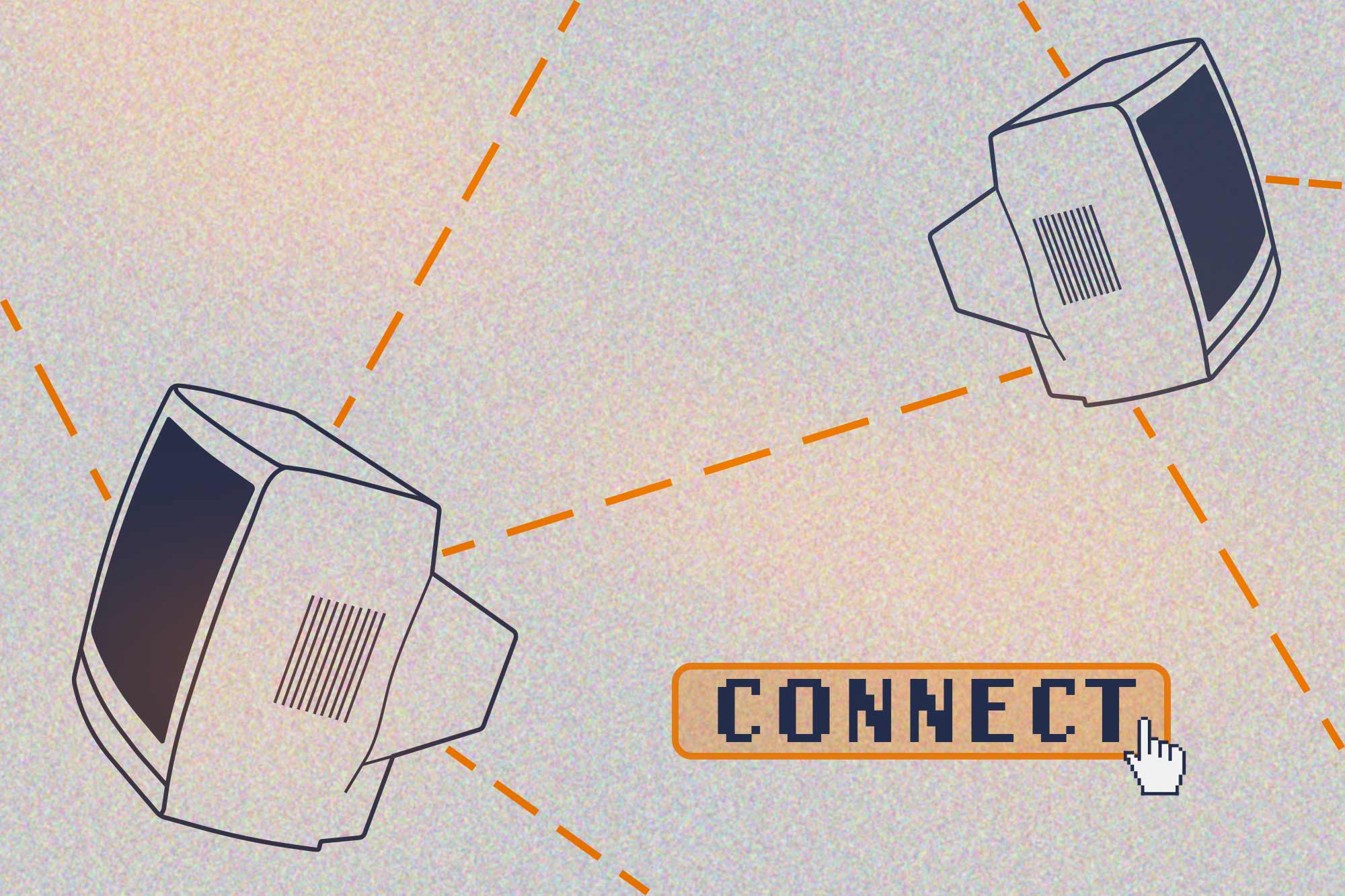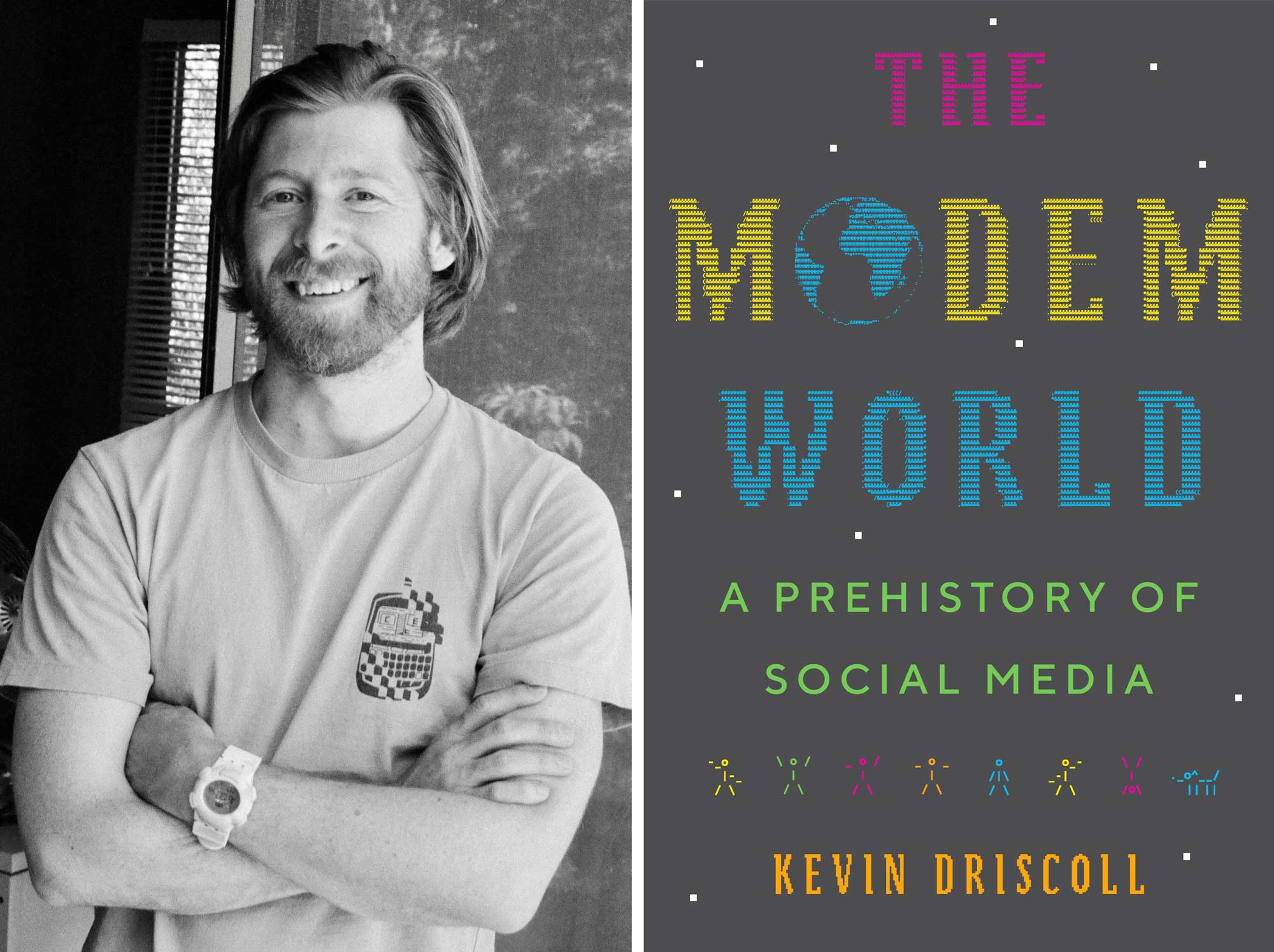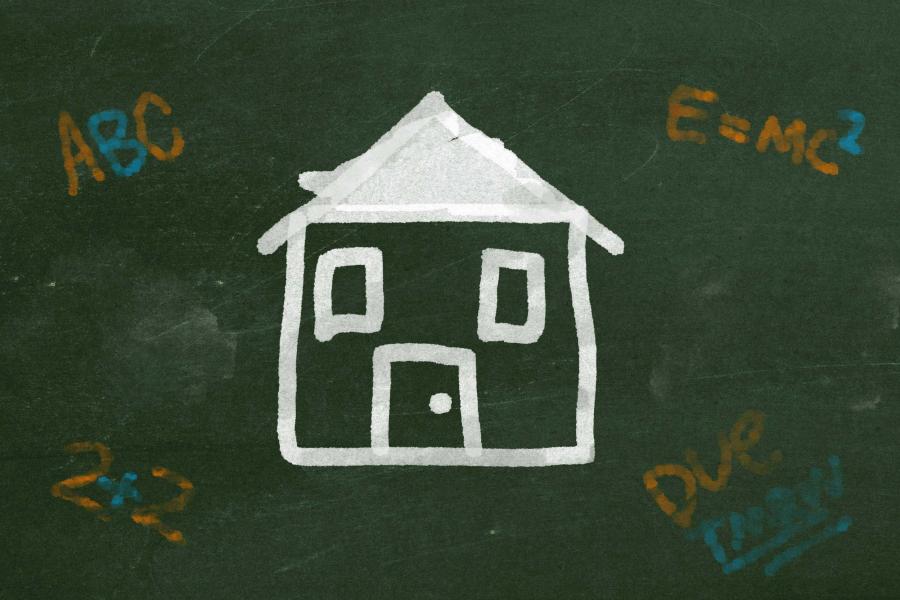In this day of instant online connection, Kevin Driscoll’s story sounds like something out of the Stone Age.
But, yet, it was only during the 1990s when the now-University of Virginia media studies professor used to walk down Main Street in his Massachusetts hometown in search of a sign that said “Internet.”
“I would follow the arrow to an office, where they had a service provider,” Driscoll said. “And that was my first time having full-on access to the internet.”
Driscoll’s personal experiences helped launch research into his new book, “The Modem World: A Prehistory of Social Media,” a dive into what online communication looked like before Facebook, Instagram, Twitter and TikTok, and the communities of hobbyists, activists and entrepreneurs that were formed.
Driscoll was very much a part of that era.
He grew up going to a local store that created a club for those who liked to play Dungeons & Dragons, a popular fantasy boardgame. At first, Driscoll said, club members could sign up to play on a physical calendar and then go to their assigned tables.
“The people who ran the store then decided to create a dial-up bulletin board system, just like a local online service,” Driscoll said. “You could go on the bulletin board, post messages and play games.”
Driscoll and his friends, however, didn’t have modems at home to connect to the club’s system. They instead went to the store and took turns getting on the computers housed there.






